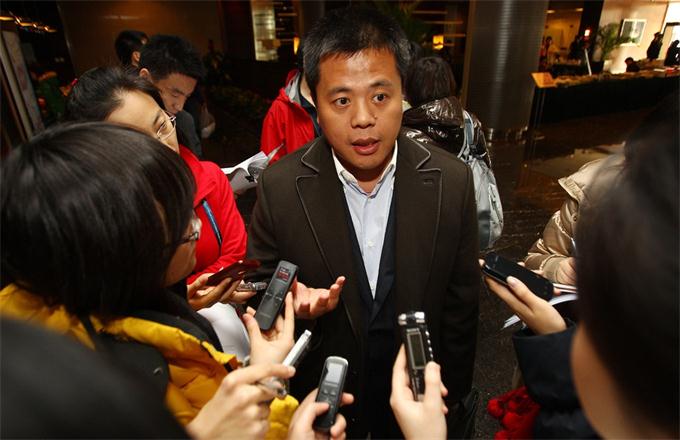Debate on deadly micro drones needed
Almost all the recent attention at the intersection of international relations and new technology has been centered on the contentious and often heated issue of cyberspying. If any international norms are to be established in this area they will be negotiated after the fact and probably after serious harm is done. There are few opportunities to act prospectively to new game-changing technologies before damage is incurred. We now have such a rare opportunity in emerging technology, and I hope that it isn't squandered because the underlying consequences are grave.
In 1962, during the Cuban missile crisis, the United States and the Soviet Union came close to annihilating the world by mutually assured nuclear destruction. The following year in a still tense atmosphere, Alfred Hitchcock created quite a panic of his own in his horror movie The Birds, about a series of inexplicable violent bird attacks. Now courtesy of the US Air Force Air Vehicles Directorate in Ohio we have what we can call "Birds 2-The Sequel" about pigeon-sized drones using bird-like behavior to fly, hover and perch. Like their much larger drone cousins, they can provide surveillance and can kill, controlled from a base that can be half the world away.
These Micro Air Vehicles are not Hollywood make-believe but a real-world possibility. They lack only a more robust power supply to take flight, which may be only a few years away. These are not state secrets but described in the pages of National Geographic magazine and various newspapers and websites. The United States has no monopoly here, as China, Iran and Israel reportedly also have advanced drone technology.
Because of the size of MAVs the consequences are enormous. Just imagine the potential nightmare scenarios if the technology got into the wrong hands. There is even talk of MAVs the size of moths or hummingbirds. If so, the staid hobby of bird-watching is about to become more dangerous. Even among state-actors the topic is hotly debated. In the US now there is a loud and robust debate about the use of drones for nonmilitary surveillance.
And there are other technologies on the horizon to worry about as well. The US Army's remote-controlled, four-legged, all-terrain robot nick-named BigDog can pick up and fling heavy cinder blocks, carry a load of more than 155 kilograms, run at speeds of up to almost 7 kilometers per hour and climb 35 degree slopes. A robotic pack mule that can travel 32 km in all terrains carrying 181 kg on its back is also in development.
All's fair in love and war apparently, so you'd think the use of such devices will only be constrained by the limits of their underlying technologies. But we know that this isn't strictly the case. Some methods of warfare are considered so inhumane, indecent and immoral that they violate international norms. The use of torture is one example, and the use of poison gas another. International conventions forbid their use, although as we know, this is no ironclad guarantee against their use.
Unlike other forms of warfare, the person in control of drones or other remote-controlled devices is anonymous and may be on other side of the world. And while the large drones that have been used up until now are large enough to be relatively easy to shoot down or capture, MAVs will not be so easy.
Like the stuff of science fiction, their deployment may be only a matter of years, or even months, away. If drones were used only to gather information it would be one thing, but since they have the capacity to kill they are in an entirely different league.
Luckily to be forewarned is to be forearmed. There is still time for the international community to discuss, debate and take action. Whether some consensus can be reached is debatable but in my opinion the world has to try.
Although treaties such as those against torture and chemical weapons mark a moral highpoint for our civilization, the historical record is mixed. Since time immemorial technological advances have generated discussion and debate - not always successfully.
A millennium ago, Pope Urban II in 1097 banned the use of the high- tech weapon of its time, the crossbow, because of its ease-of-use. He had little success. In our high-tech world of endless possibilities, I hope that we can do better as the stakes are infinitely higher.
The author is a senior adviser to Tsinghua University and former director and vice-president of ABC Television in New York.
(China Daily 03/07/2013 page9)

























